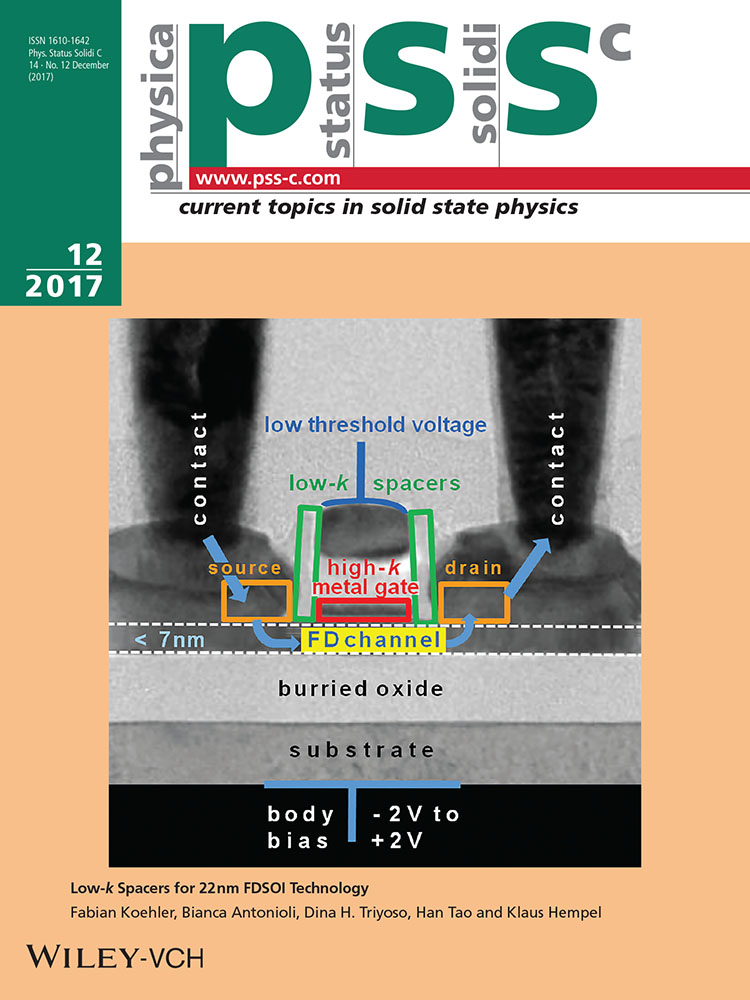Donor-related density of states and polarizability in a GaAs-(Ga, Al)As quantum-well under hydrostatic pressure and applied electric field
Abstract
Theoretical calculations have been used to assess the influence of both an external electric field and hydrostatic stress on the binding energy, impurity polarizability, as a function of the impurity position and density of states for shallow-donor impurities in a GaAs–(Ga, Al)As quantum well. The binding energy maximum is shifted toward the wall at z = –L/2 of the quantum well for increasing values of electric field (keeping a constant pressure) and increasing values of pressure (keeping a constant electric field). The polarizability follows closely the behavior of the binding energy so for smaller binding energies the polarizability is large showing a more delocalized electron cloud. Also, it has been observed that the density of states depends strongly on the applied hydrostatic stress and electric field. In the absence of an electric field the energy level is degenerate for symmetrical positions of the impurities with respect to the center of the quantum well. However, this degeneracy is broken when an electric field is applied in the growth direction of the structure. Associated with this, the density of states becomes richer in structure.




